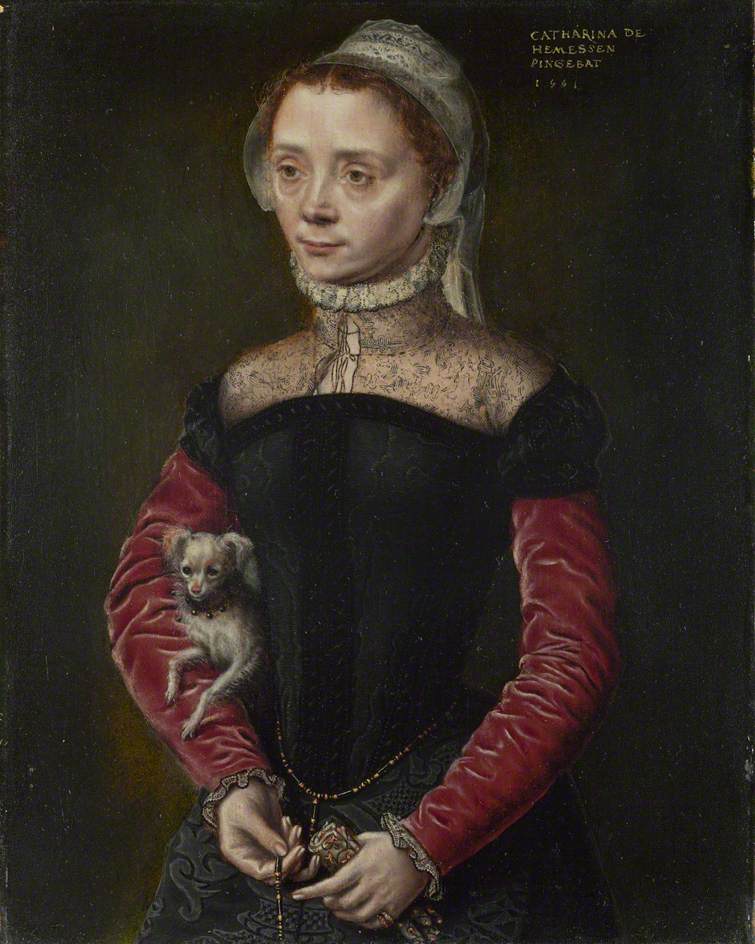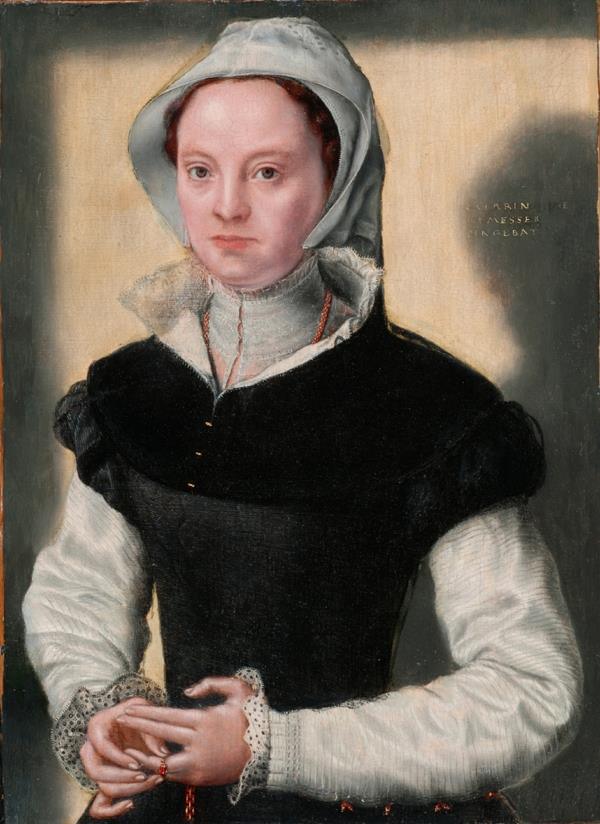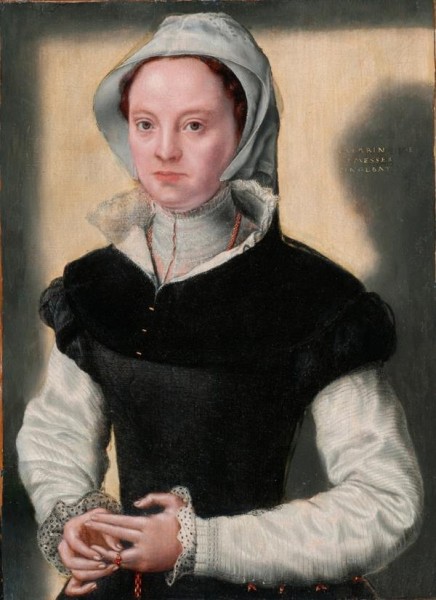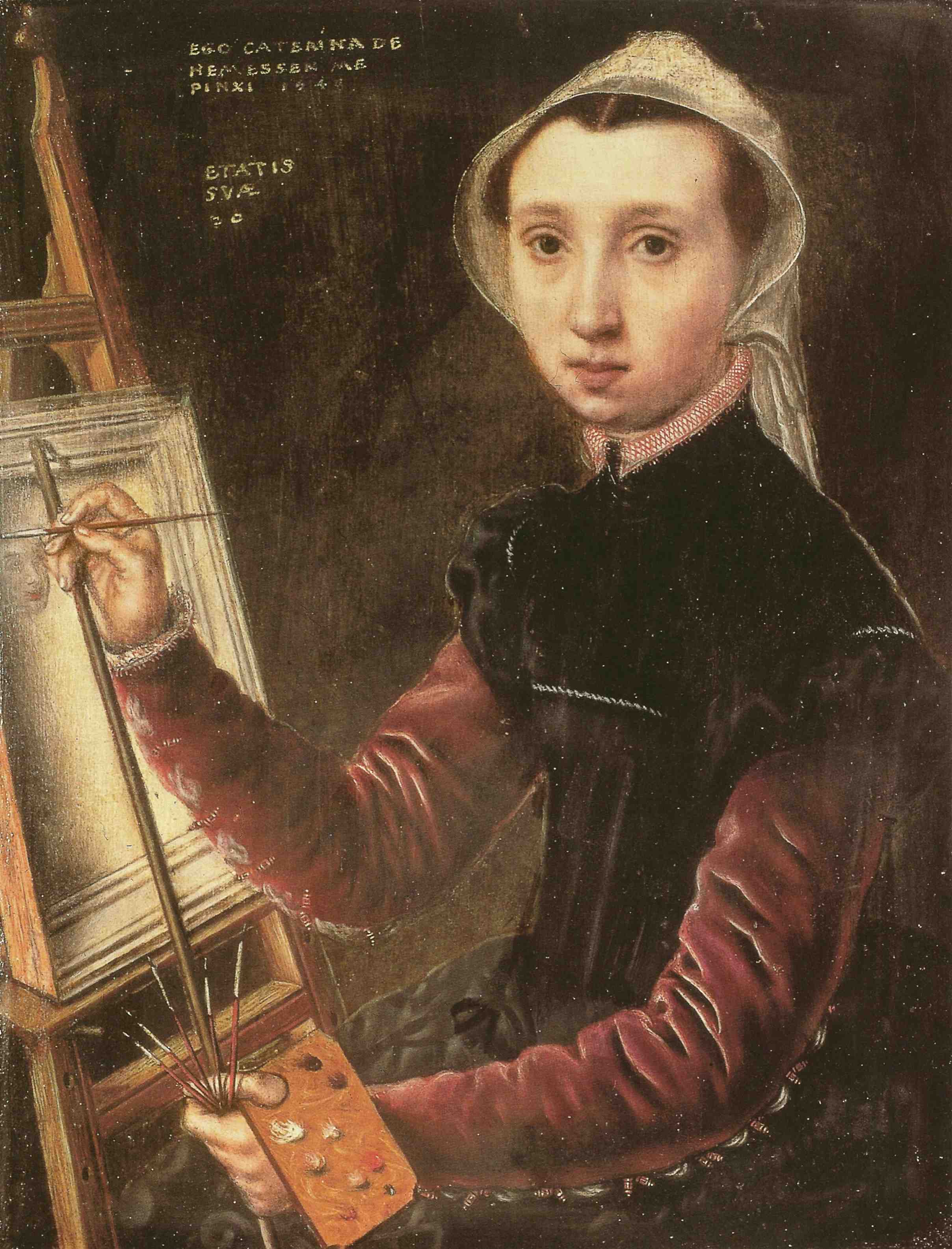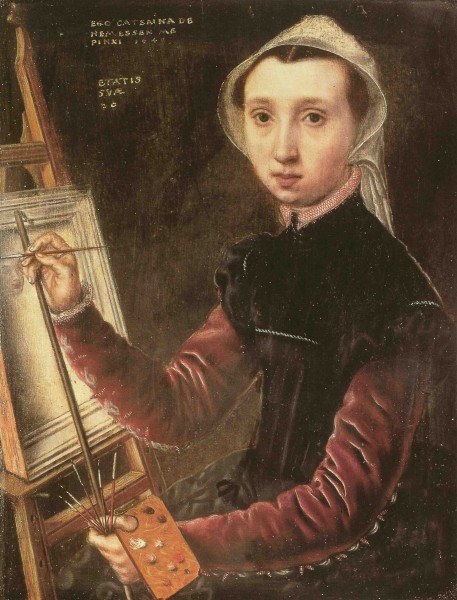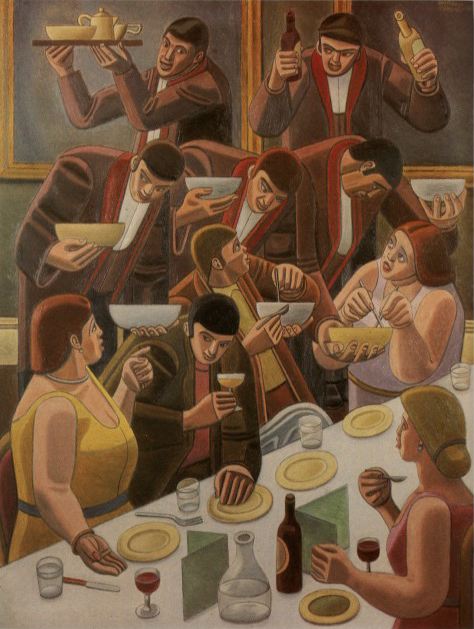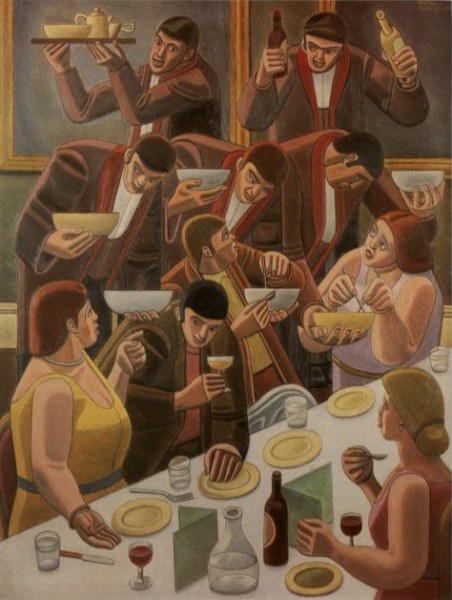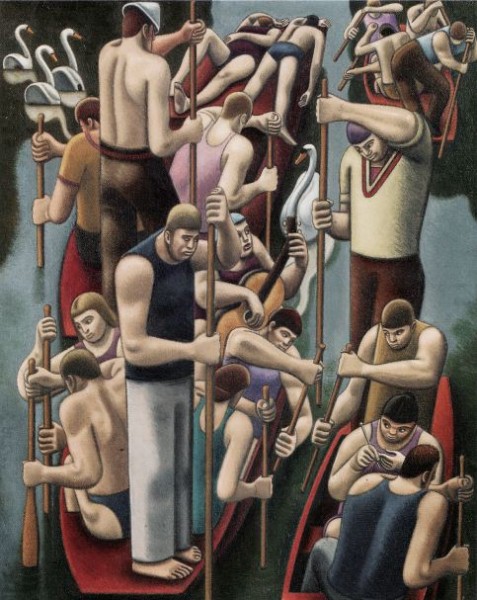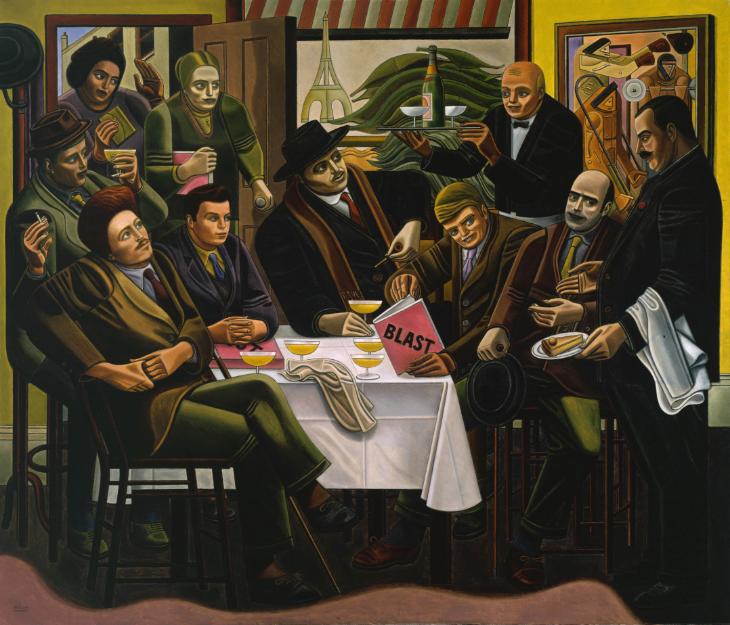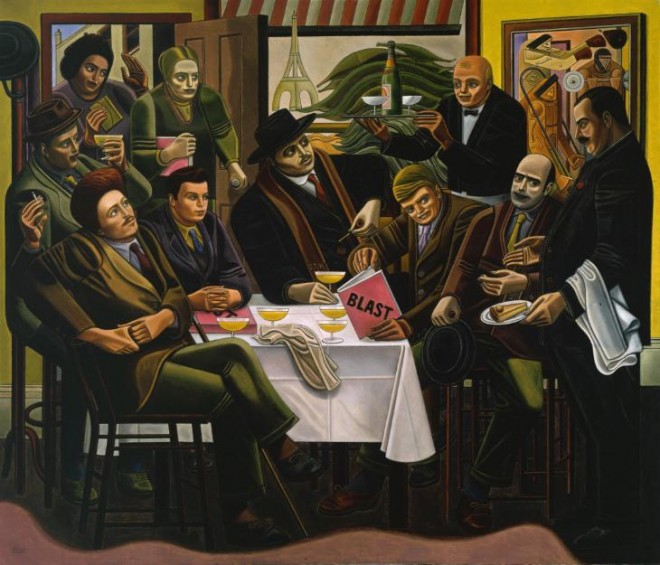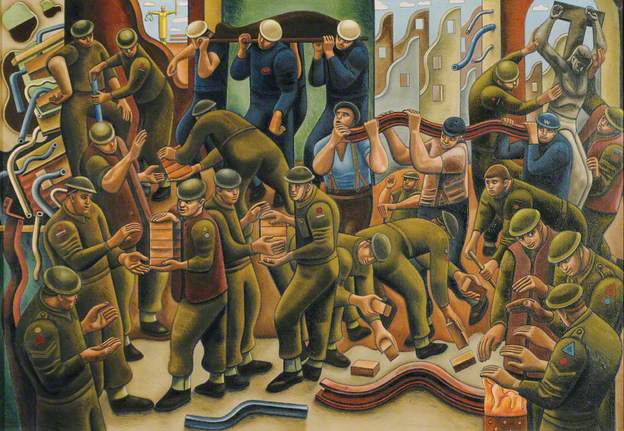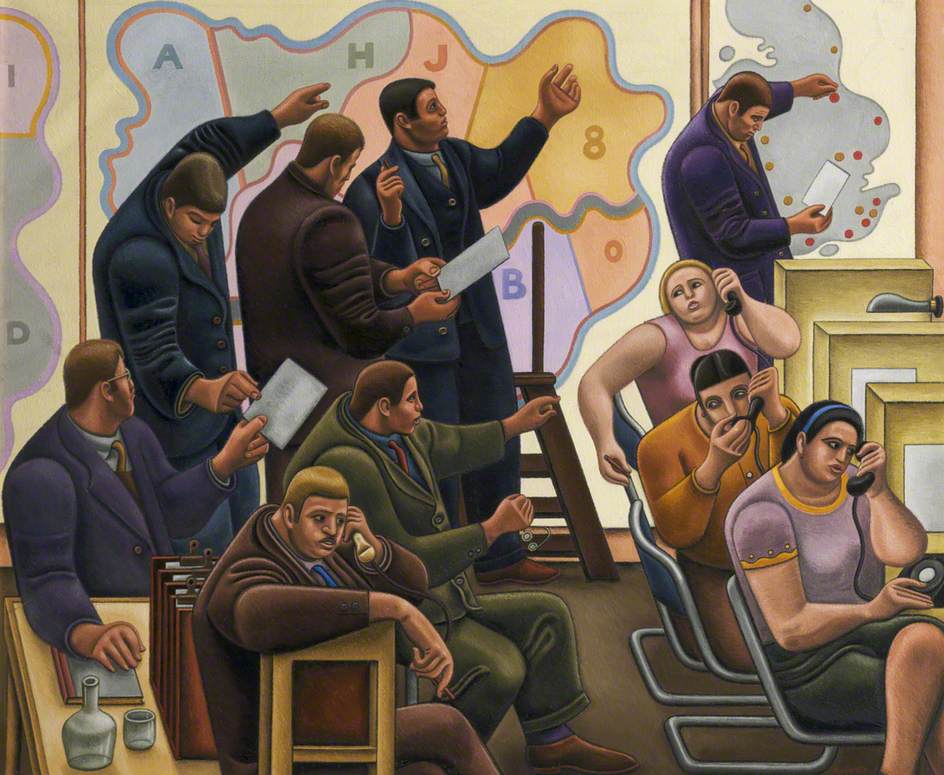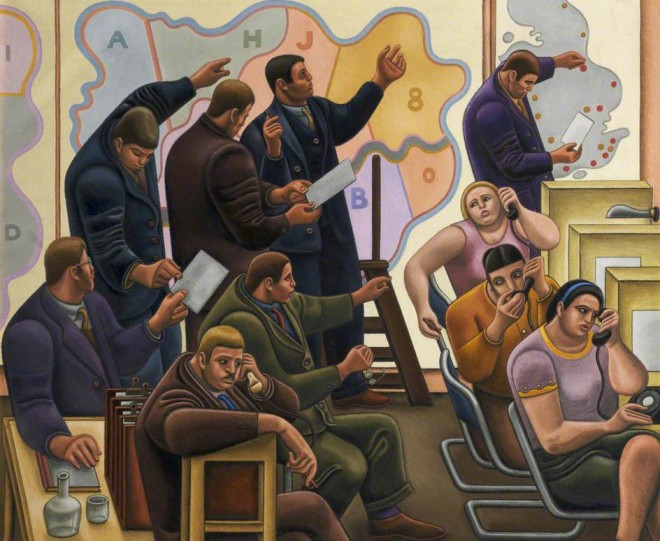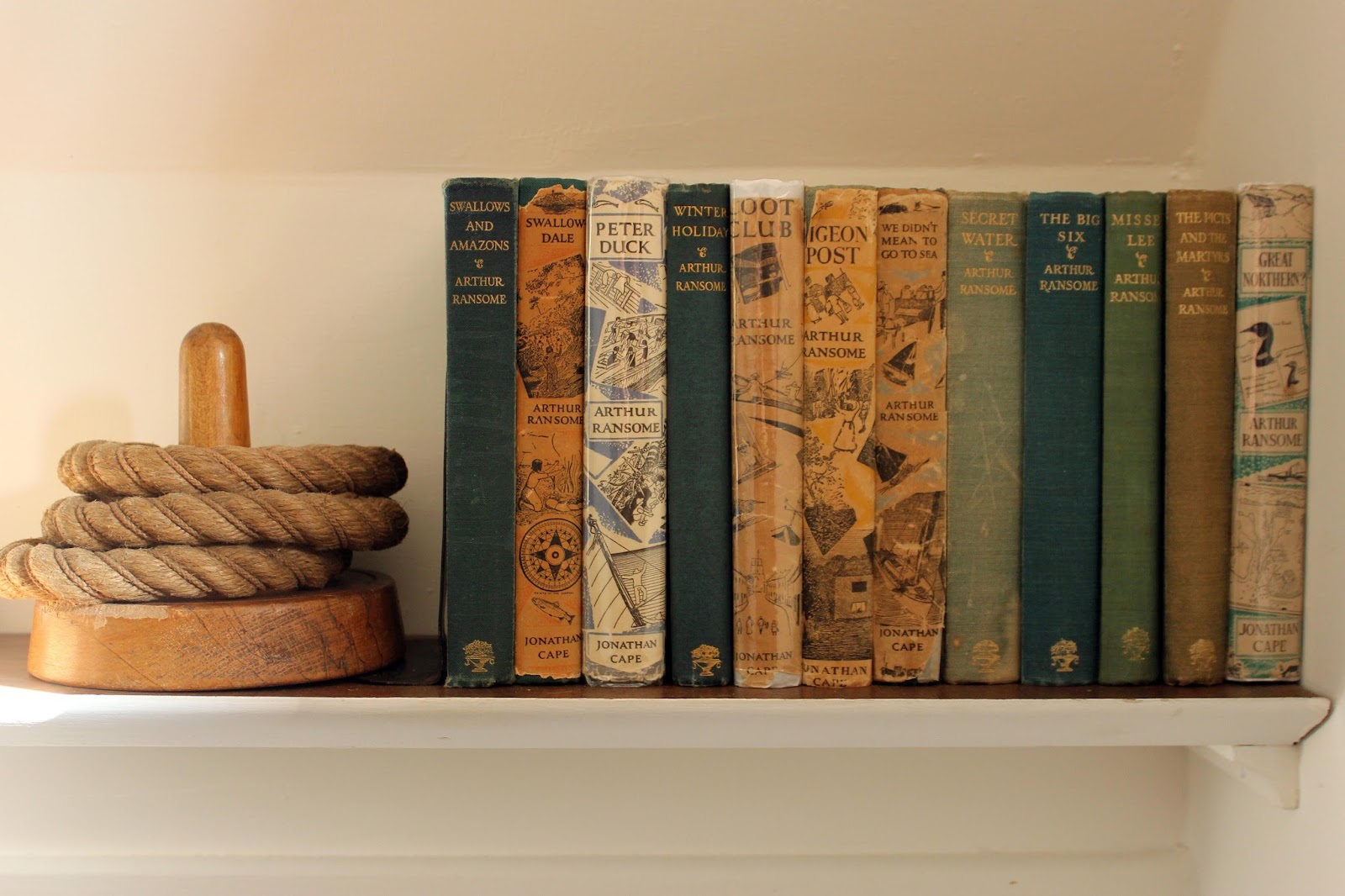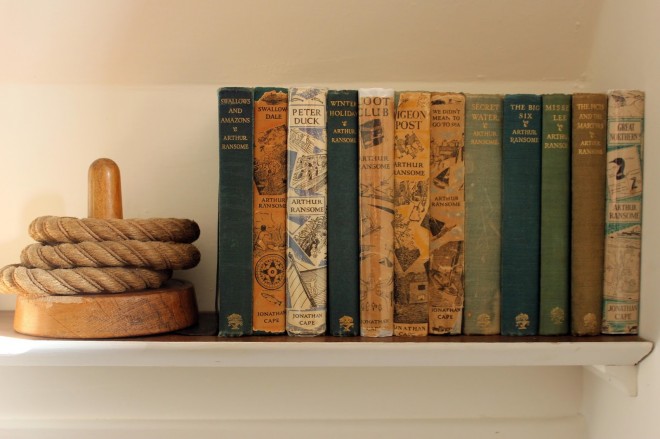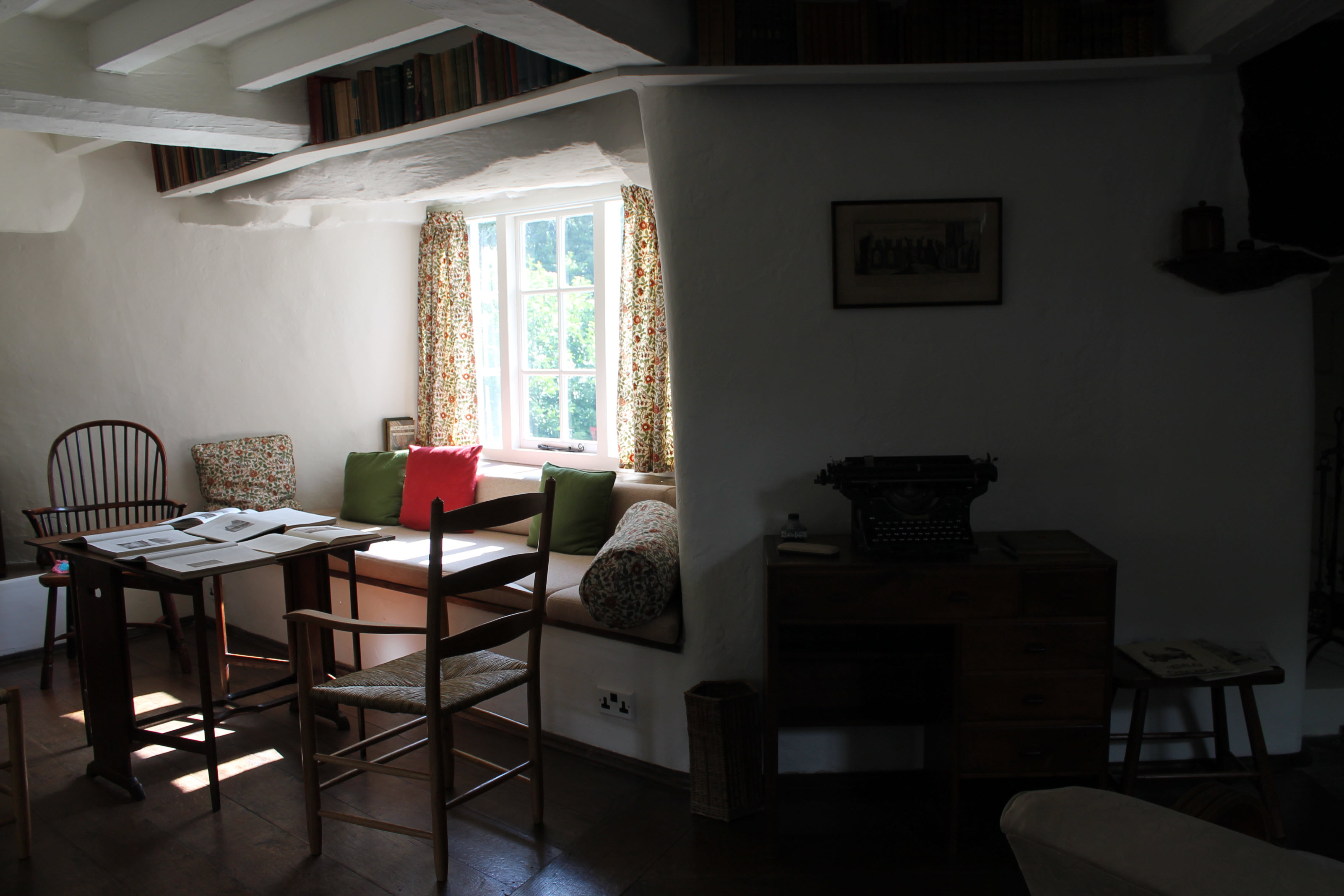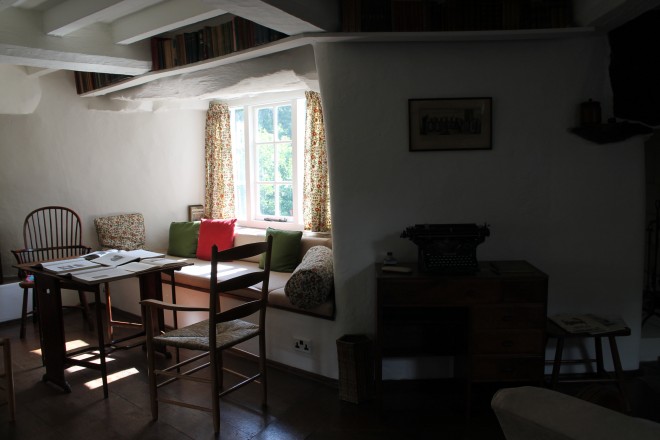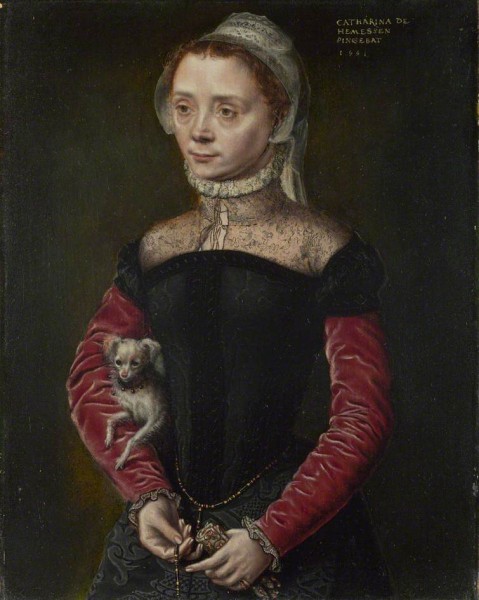
Another Portrait of a Lady, this one is 1551 and is at the National Gallery in London, which says ‘the sitter is probably from Antwerp in the Low Countries (modern Belgium) where the artist painted many similar portraits of women.’ Rationally one can see that Catharina van Hemessen is not Vermeer; and yet it is maddening that most of us will never have heard of her: we in fact only came across her because this article in Apollo sent us on a ‘women artists’ quest. The piece (by Lily Le Brun) is full of shattering statistics, for example in 2012 ‘work by women artists made up three to five per cent of major permanent collections in the US and Europe.’ No! Can this be true?
